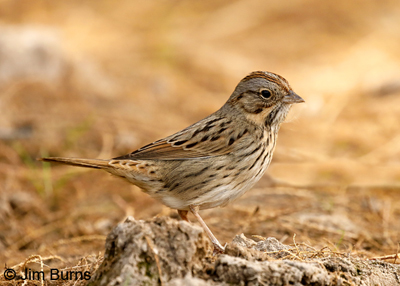
DUCK DYNASTY—If you cringed last week when the Arizona Republic ran a picture on the front page of an elderly man and his granddaughter feeding popcorn to the ducks at a local park, it’s because most birders recognize people food has no nutritional value for wild animals and, by congregating them, increases their chance for communicable disease and predation.
But, yes I often hang out around the pond at my local patch knowing the ducks there have become habituated to people feeding them. I do not entice them with food myself, I do not toss pebbles into the water simulating the movement or the ripples caused by those who do, and I would never reprimand that old man with his granddaughter because he might pull a gun on me, but I’ve gotten smashing duck images shooting where I know the subjects have probably been fed. I make no apologies.
SPARROWS WEAR BROWN—Birders with cameras, a combo which has grown exponentially in the last decade, rarely get excited or linger around sparrows. Sparrows are small, plain, extremely active, and relatively hard to identify. Cameras (and birders) love big birds, birds with color, and birds that are cultural icons. Sparrows check none of these boxes.
But, yes I love sparrows. Maybe it’s because I concentrated on them early in my so-called career for diagnostic images to contribute to Jim Rising’s sparrow guides. Maybe it’s for the same reason I became hooked on odonata—fantastically intricate and endlessly disparate patterns on small packages. I recently missed a fly-by Bald Eagle as I shot the opening Lincoln’s Sparrow image. No angst, no apologies. Check out this link on our website--http://jimburnsphotos.com/pages/sparrowsdontwearbrown.html.
NO HABLO INGLES—I wish I were paid for the number of times an (overly) friendly birder/hiker/dog walker/tourist has stopped and tried to chat me up as I stood motionless behind the tripod obviously intent on a nearby bird which they had no clue was there. Here’s a news flash—the tripod and my demeanor are good clues!
But, yes I’ve learned to have fun finding ways, without being overtly rude, to ignore or hurry them along. The simplest way is to avoid any eye contact. Sometimes I will not verbally engage. Often I just smile at them, and on occasion I’ve even pretended I don’t speak English. I will always chat if they have serious questions about the bird or the camera, but I won’t do small talk. If they think me rude, I make no apologies.
HUNTERS WEAR CAMO—I also wish I were paid for the number of times birds, birders, hikers (but never dogs), and tourists have passed within yards of my position with the camera and never noticed me, even when I’m standing right there behind the tripod. It really makes me smile when the birds I’m trying to photograph come to me or the other outdoor enthusiasts I’m trying to avoid never become aware of me.
I don’t often wear full camouflage, and I don’t hunker down on the ground all the time but, yes I always wear dark or neutral clothing and try to blend in. There’s a reason hunters wear camouflage and serious birders should move slowly and eschew bright, reflective colors and loose clothing. Birds, like game animals, must survive outdoors and are thus well evolved to discern movement and out of place or context patches and splashes of brightness. I make no apologies for taking my photography seriously and doing everything I can to maximize my time and observations in the field.
IT’S A ZOO IN THERE—Remember when Roy Jones used to work at the Phoenix Zoo? Rarely a month would pass when he didn’t discover a seasonal or geographic vagrant there. Zoos are an oasis, a collection of animals, and birds too, typically in a park like setting, with food and water. On any trip to any zoo, I guarantee you’ll see lots of birds but few if any birders, and lots of cameras but few if any binoculars.
But, yes I go to the zoo, and I go with camera and binoculars. Captive birds, their food and their calls, attract wild birds. How could they not? The Phoenix Zoo has hosted wild, nesting Harris’s Hawk, and the ponds are frequented in season by Osprey and wild ducks. One fall three eastern warblers were found within a week of one another, and one winter there was an influx of Cooper’s Hawks which hung around for weeks, drawn by the abundant array of prey. I make no apologies for the weird looks I get using binoculars at the zoo.
We should all own our pleasures and enjoy them guilt free